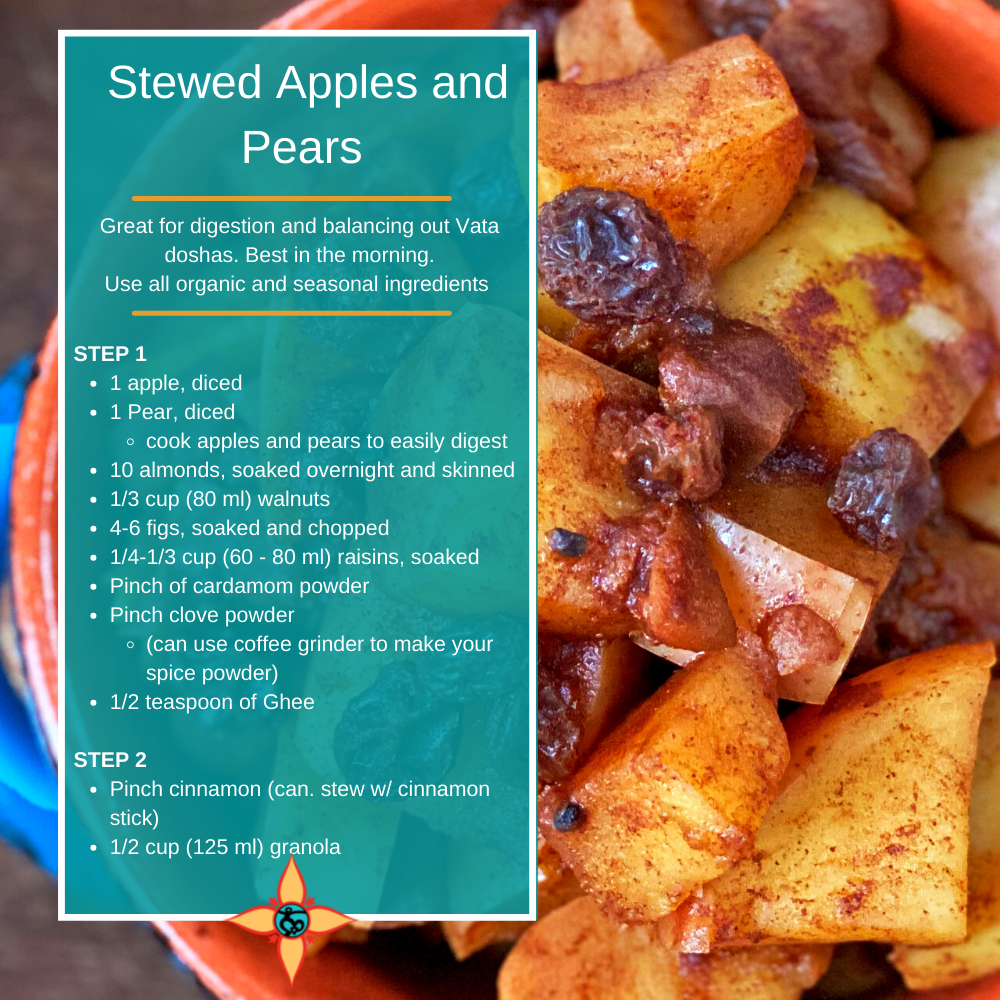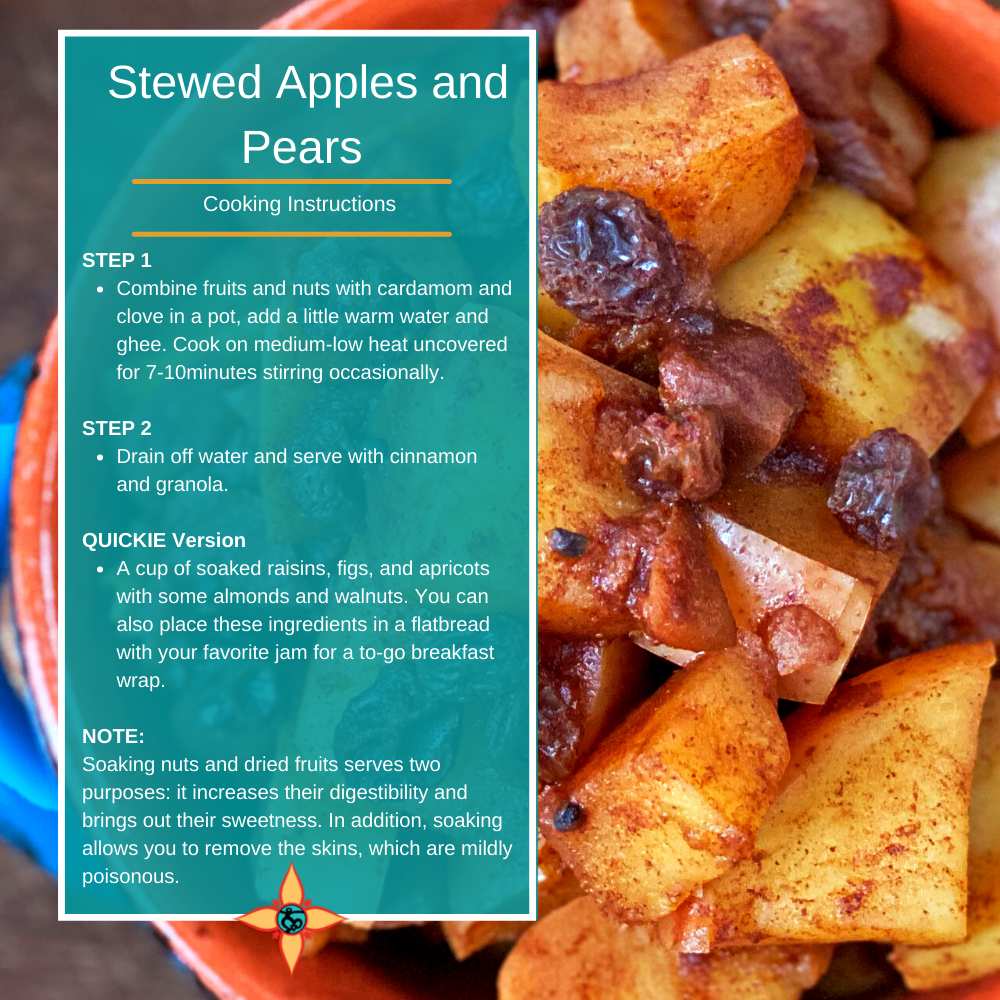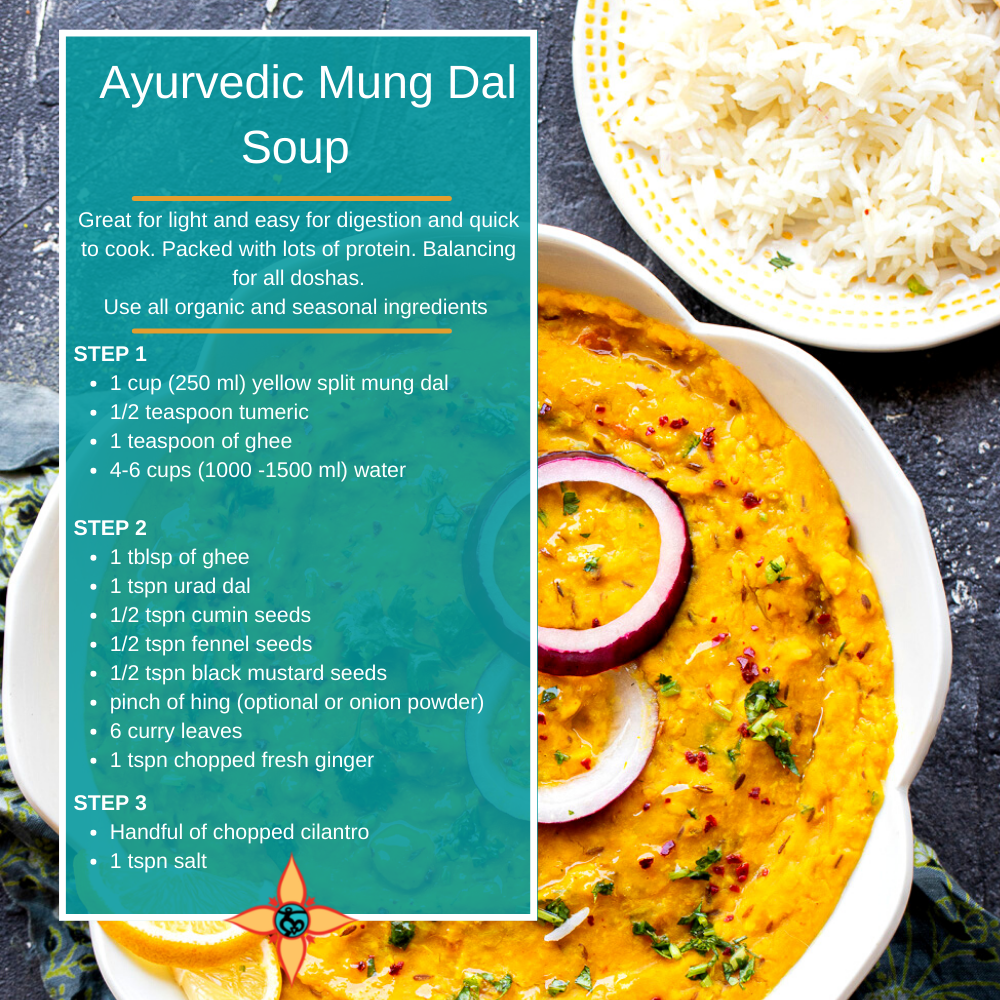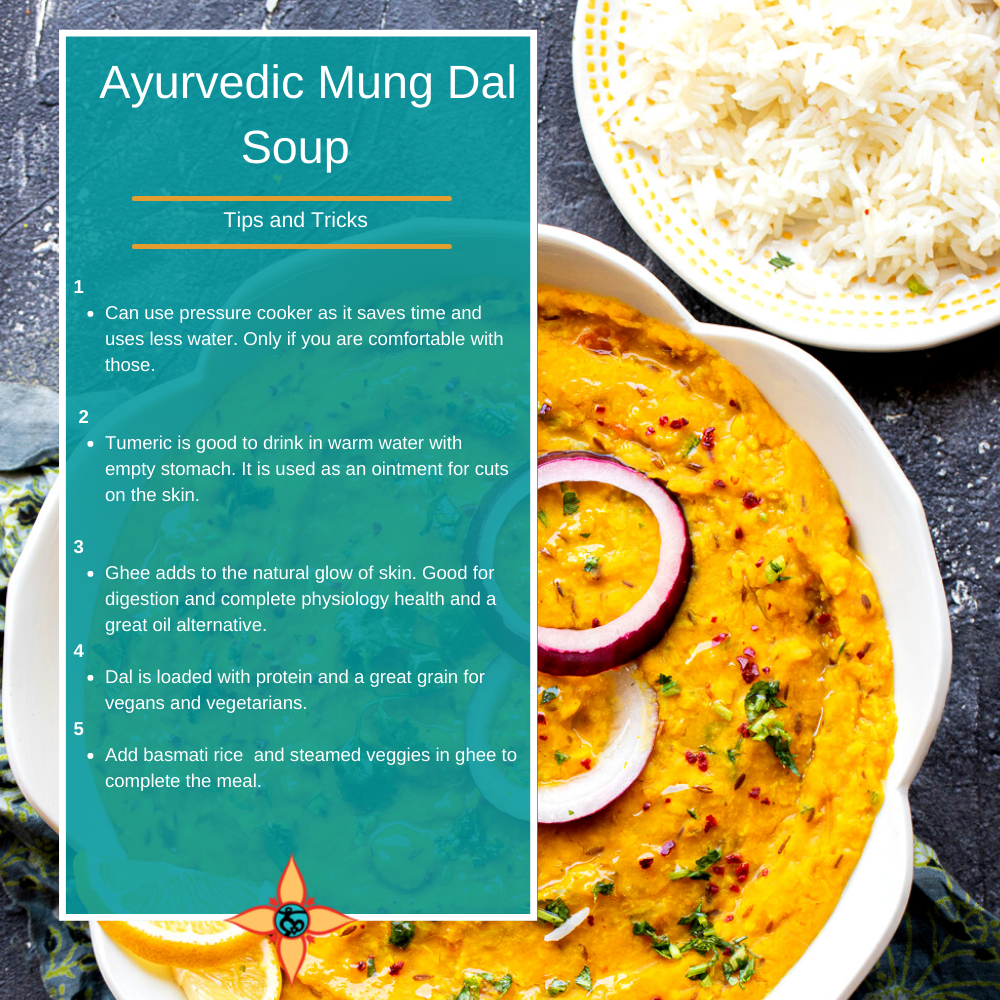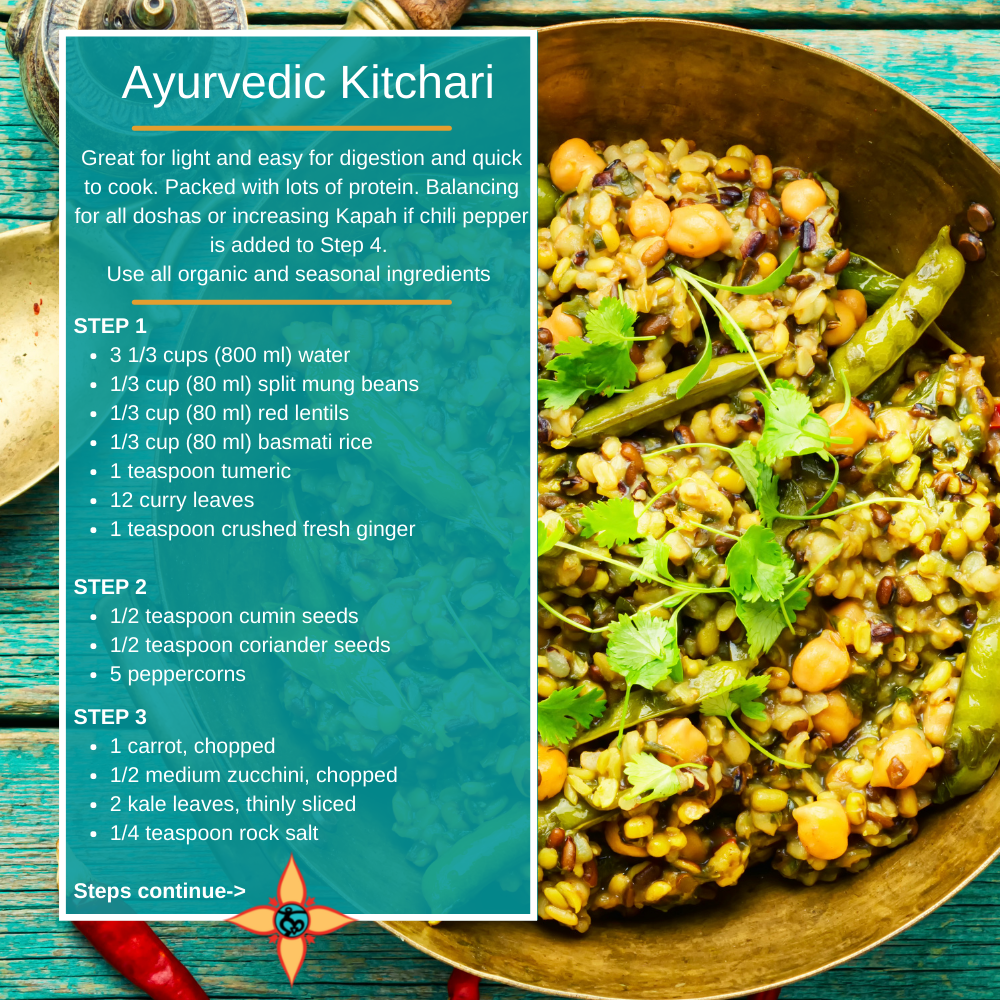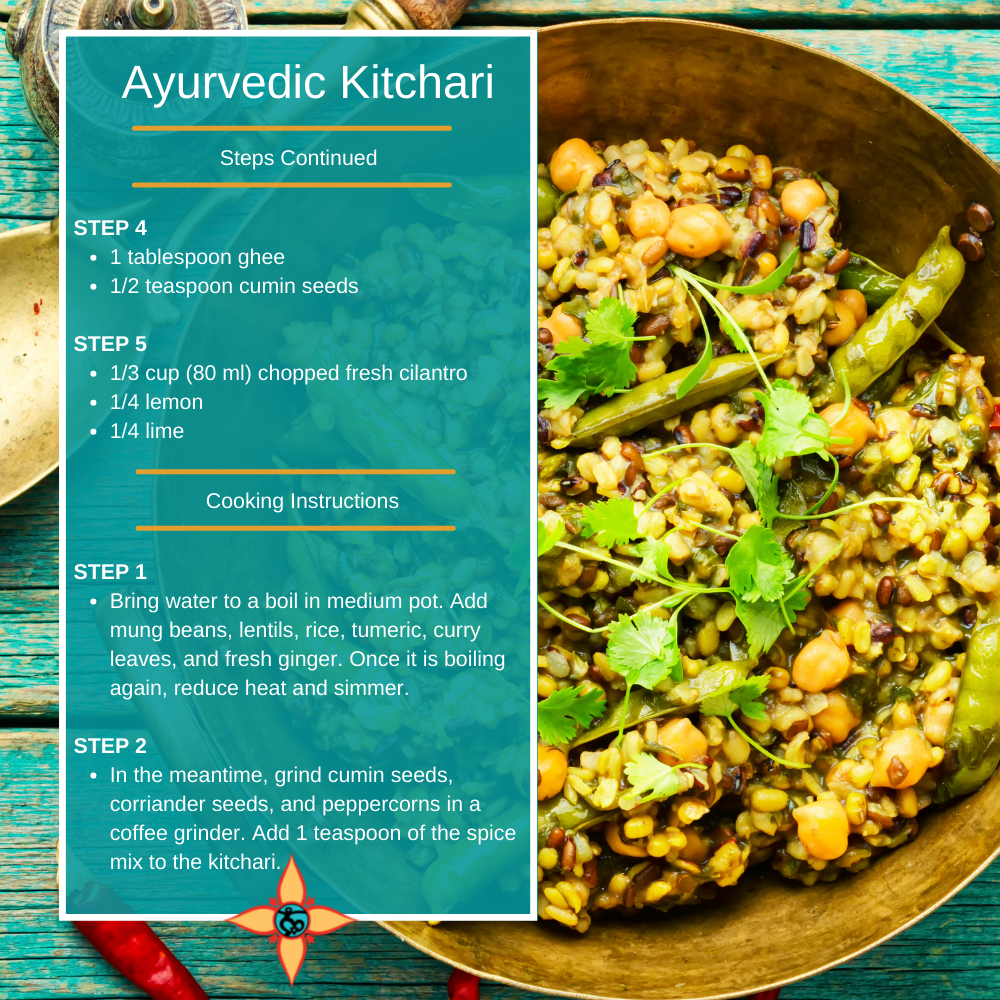Diet According to Your Dosha
This week I am focusing on Diet According to Your Dosha as we continue our series on Ayurveda A Natural Way to Restore Health and Well-Being: The Fight Against COVID-19 and Its Counterparts. These insights come from a variety of sources that I use to put together the diets for Vata, Pitta, and Kapha. I will include them below as well as mention them in my podcast, Jai Bhakti Yoga Podcast. You can go over to Amazon, specifically Smile.Amazon.com and choose Jai Bhakti Yoga Foundation as your charity of choice to support us while you shop.
To begin, use these books as tools to support your Ayurvedic journey.
Ayurveda, A Quick Reference Guide
Kshirsagar, Manisha, Ph.D.; BAMS, DY&A; Magno, R.Ana Cristina BA, MS, AWC, CM,
The Yoga of Herbs: An Ayurvedic Guide to Herbal Medicine
Dr. David Frawley and Dr. Vasant Lad
Alchemy of Herbs
Rosalee De LA Foret
Fresh Vegetables and Fruit Juices
Dr. N.W. Walker
In order to best make sense of all this, it is best to understand what your Dosha Constitution is. For this, you will want to take the dosha quiz and assessment here. You will also get a quick reference of how to balance your doshas and some yoga asanas that will be a wonderful addition to prepare you for the process. Now we will dive into the respective “pacifying” diet for each respective dosha as it relates to Maharishi Ayurveda and the application of restoring balance to the physiology through a consciousness-based approach.
As we have learned, there are three doshas, Vata, Pitta, and Kapha. At times, these three little doshas tend to visit one another in the pulse creating a bit of havoc while intending to balance themselves out. Sometimes, they overstay their welcome and we simply need to do a little introspective work to get them back into their proper place. This may take a few nights or a few years, depending on how long they have overstayed their welcome in their buddy dosha’s house. As Dr.Kshirsagar and Dr.Magno mention, “finding the adequate Prakriti is critical in order to determine the course of treatment for the individual.”
Vata Dosha - tends to have sensitive digestion and eating varies on a daily basis. Their intake fluctuates and they tend to be on a more anxious side. They also have trouble sleeping or getting to bed on time. If feeling overwhelmed, they have a hard time digesting foods. They tend to be charismatic, airy, and are “social butterflies”. They can start a lot of projects but have trouble following them through. You want Vata’s as your marketing and creative director in business.
Pitta Dosha - tends to be a “control freak” and can have very quick temper flares. They “don’t play nice with others” most of the time. They lend themselves to autoimmune disorders, skin rashes, eruptions, acidity in the stomach, and redness of the skin. They often run very hot and tend to get “hangry” if they do not eat 3 meals a day. Digestion is solid and can eat mostly anything. They also have a very strong intellect. You want Pittas as your business managers and CEO’s in business.
Kapha Dosha - are “good where they are.” They tend to stick to daily routines and are resistant to change. They need a little more motivation to move on a regular basis. Kapha dosha tend to be very good with money and are known to be sweet, stable, and structured. Slow to learn new things, but once they learn it, they NEVER forget it. You want Kapah as your money person in business.
It all comes back to reassesing the individual as a whole and not a general diagnosis. There are many matters at hand that contribute to the influx of ones physiology, as much as one may regress. I tend to start with environment, work, stressors, and eating habits. When it comes to eating habits, “what kind of diet do you have?” is the first question to ask before making any adjustments because you want to honor where you are right now and evolve from there.
The below dietary suggestions are designed for ALL diets, be it meat-eaters to vegans, there is something that will work for all of you. Most of these were taken from Ayurveda, A Quick Reference Guide by Kshirsagar, Manisha, Ph.D.; BAMS, DY&A; Magno, R.Ana Cristina BA, MS, AWC, CM, p. 30-33.
We will begin with Vata Dosha.
Vata Dosha Diet
Diet: calming, soothing, and nourishing
Vata’s food: warm, moist, and heavy. Sweet, sour, and salty tastes are preferred over pungent, better, and astringent tastes. Meals should be small and frequent, but regular. Warm, steamed, or cooked foods are settling. Raw food, fast food, dried food, and frozen foods should be avoided.
Vata Dosha Diet Suggestions
Pitta Dosha Diet
Diet: Cooling and moderately heavy
Pitta’s food: is best if it is cool and warm, and moderately heavy. Sweet, bitter, and astringent Tastes are favored over sour, salty, and pungent tastes. Meals should be regular. Food is better to warm, steamed, or cooked. Processed, fermented, spicy, fast foods and alcoholic beverages should be avoided.
Pitta Dosha Diet suggestions
Kapha Dosha Diet
Diet: Is warming and stimulating
Kapha’s food: is best if it is cool and warm, and moderately heavy. Sweet, bitter, and astringent Tastes are favored over sour, salty, and pungent tastes. Meals should be regular. Food is better to warm, steamed, or cooked. Processed, fermented, spicy, fast foods and alcoholic beverages should be avoided.
Kapha Dosha Diet Suggestions
“By using spices at every meal, your agni (digestive fire), and digestion are enhanced, therefore leading to health and well-being. Spices also have a therapeutic effect. In the “spice box” are seven spices that are considered the magic of Indian cooking. The exotic colors and aroma can stimulate your olfactory sensory organs and taste buds that aids in digestion and balance your mind and body.”(Kshirsagar, Magno; p33)
7 Spices to Have in Your Kitchen
Most Spices are potent, so you need only a little amount. The seven combinations are suitable for each body type, but you can blend them as per your taste (Rasa). These are combinations of Sattvic, Rajasic, and Tamasic spices which we dive into in our AYTT.
Personally, I am switching to a lighter Sattvic diet and introduced these 3 recipes:
Breakfast: stewed apples and pears, or hot cereal (or both)
Lunch: soupy split mung Dahl, basmati rice or quinoa, vegetables sautéed in ghee and spices
Dinner: khichari, veggie soup, or steamed veggies
I will be sharing these recipes along with their nutritional value in the coming email and on my social channels, and membership so be sure to give us a follow on IG, FB, YouTube, and join the community mailing list.
If you would like to have a personal Ayurvedic Wellness Consultation to discuss your well-being, fitness, yoga, and professional goals, or simply enhance your life, then click here to learn more about making a FREE 60min Consultation.
Kshirsagar, Manisha, Ph.D.; BAMS, DY&A; Magno, R.Ana Cristina BA, MS, AWC, CM, Ayurveda, A Quick Reference Guide
Dr. David Frawley and Dr. Vasant Lad; The Yoga of Herbs: An Ayurvedic Guide to Herbal Medicine
Rosalee De LA Forret; Alchemy of Herbs
Dr. N.W. Walker; Fresh Vegetables and Fruit Juices
Sala, Sultán. MS.; Three Causes of Any Imbalance (14:15); https://mum.instructure.com/courses/1064/pages/5-dot-2a-definition-of-diet-and-causes-of-imbalances?module_item_id=85618
Sala, Sultán.MS.; 5.3a Eight Factors to Consider in Diet
Eight Factors to Consider in Diet: Overview (6:06); https://mum.instructure.com/courses/1064/pages/5-dot-3a-eight-factors-to-consider-in-diet?module_item_id=85621
Review of the 3 Doshas; https://mum.instructure.com/courses/1064/pages/review-of-the-3-doshas?module_item_id=85598 p.2-5
Sala, Sultan. MS; 1.3Reviews of the Three Doshas: Functions, Locations & Balanced States; https://mum.instructure.com/courses/1064/pages/reviews-of-the-three-doshas-functions-locations-and-balanced-states?module_item_id=85597
Sala, Sultan. MS; 5.2a Definition of Diet and Causes of Imbalances; https://mum.instructure.com/courses/1064/pages/5-dot-2a-definition-of-diet-and-causes-of-imbalances?module_item_id=85618We hope that you benefitted from our free-of-charge programs and services, for which a group of expert yoga teachers, ayurvedic clinicians, practitioners, consultants, and holistic wellness leaders volunteered their time and creative effort to support you so you can live your best healthy life. Continued electronic implementation, programming, and education require considerable expense to sustain online at little to no cost for you and the community. Will you Please consider giving to JBYF in acknowledgment of this professional contribution?
Thank you very much and live well.





